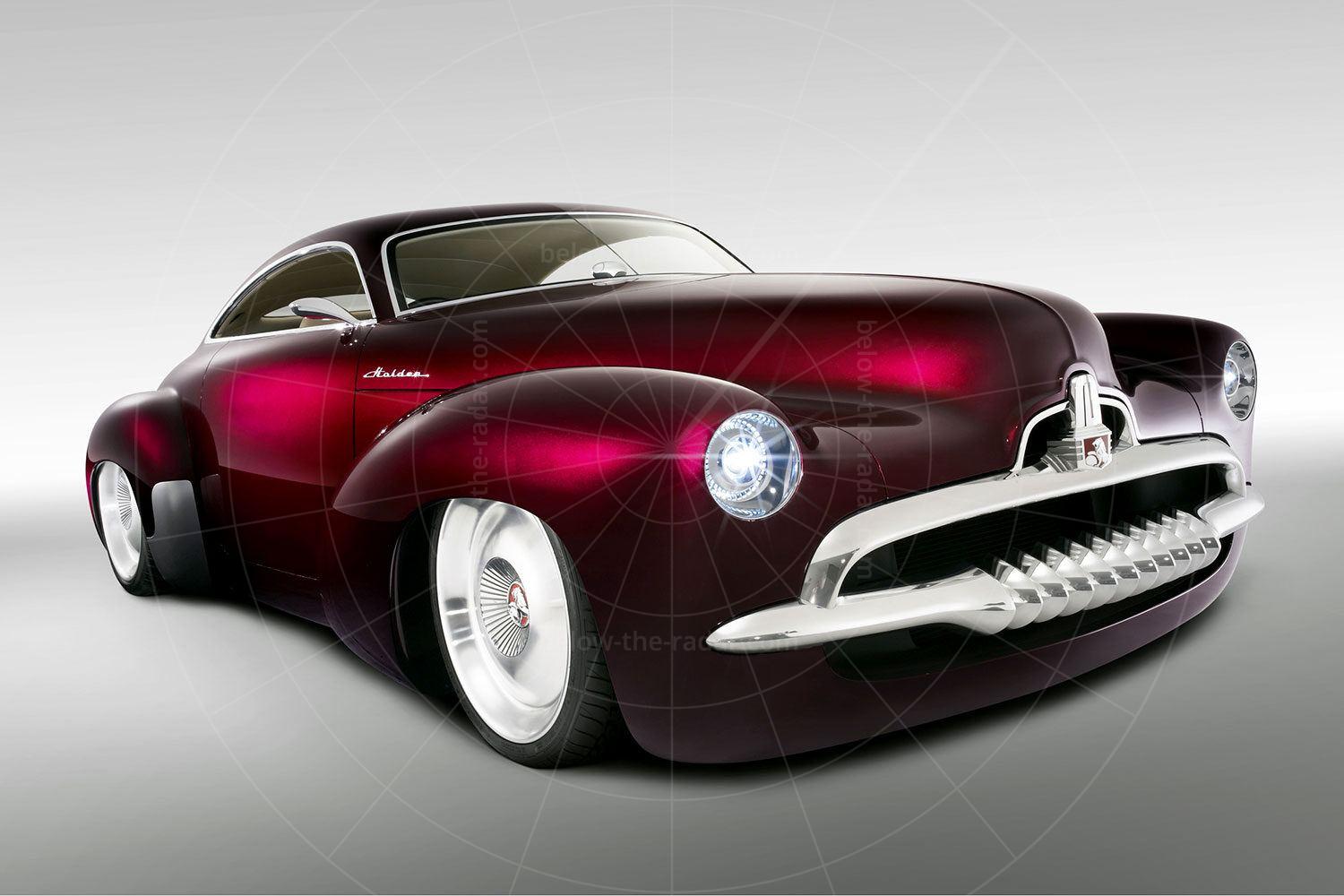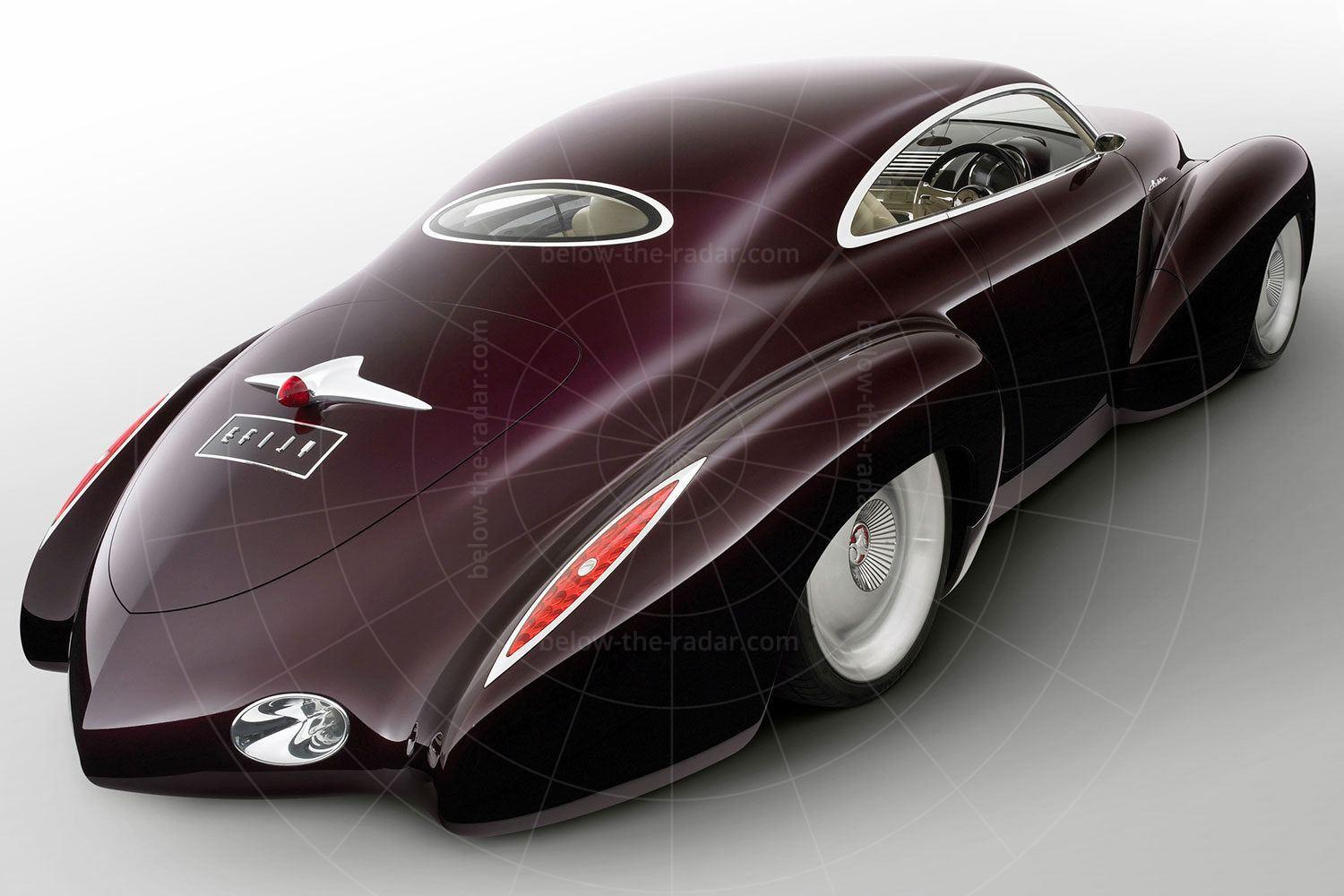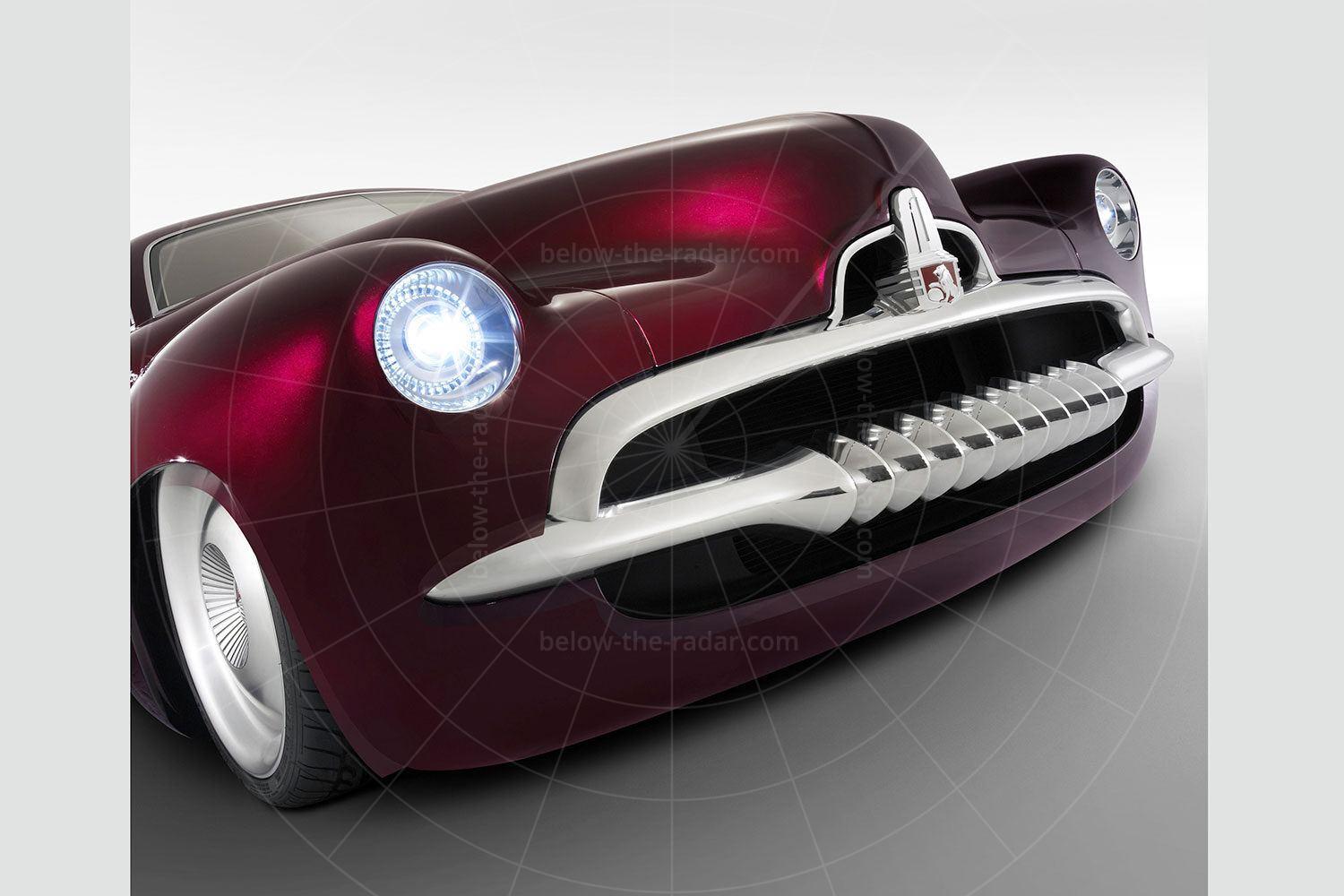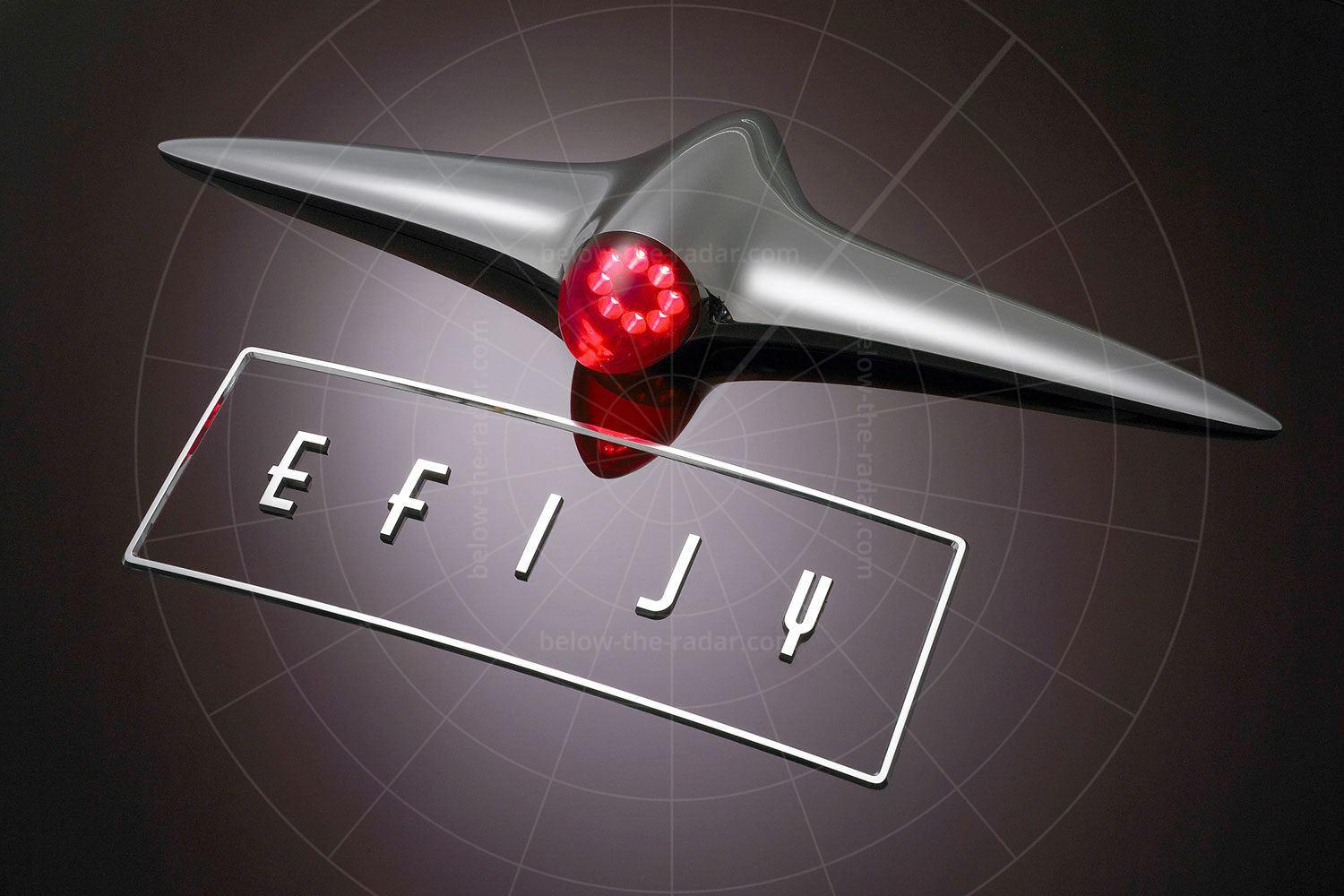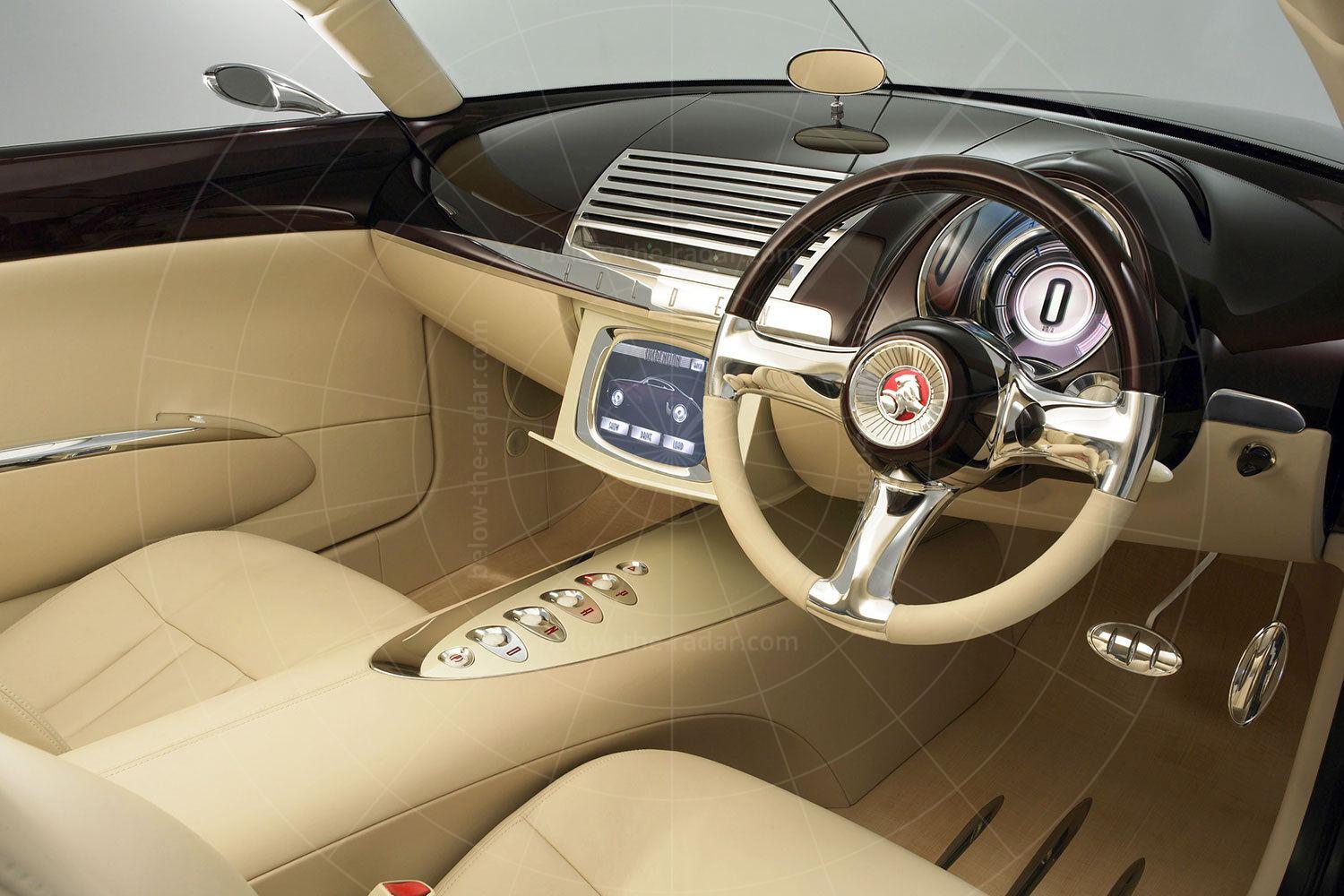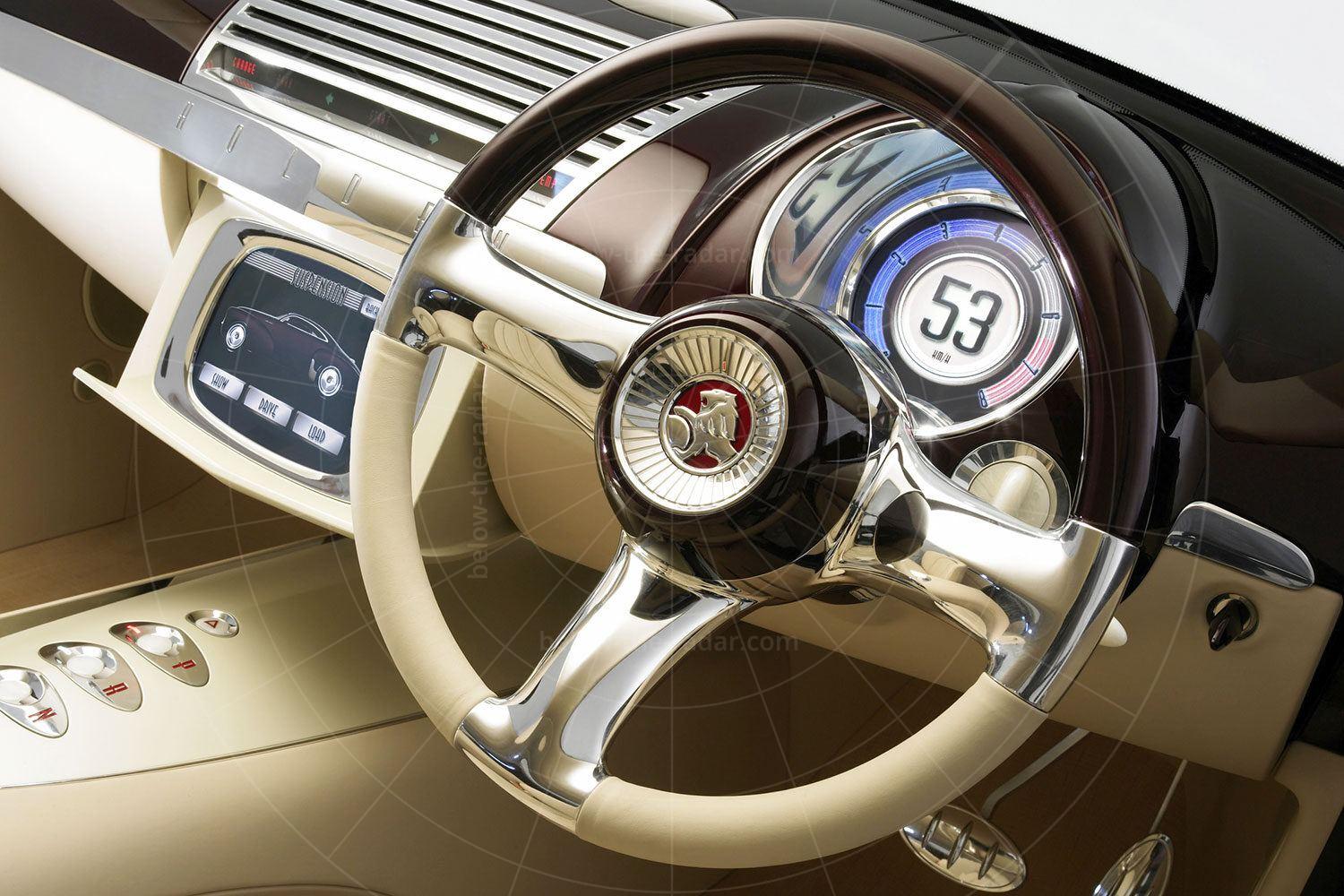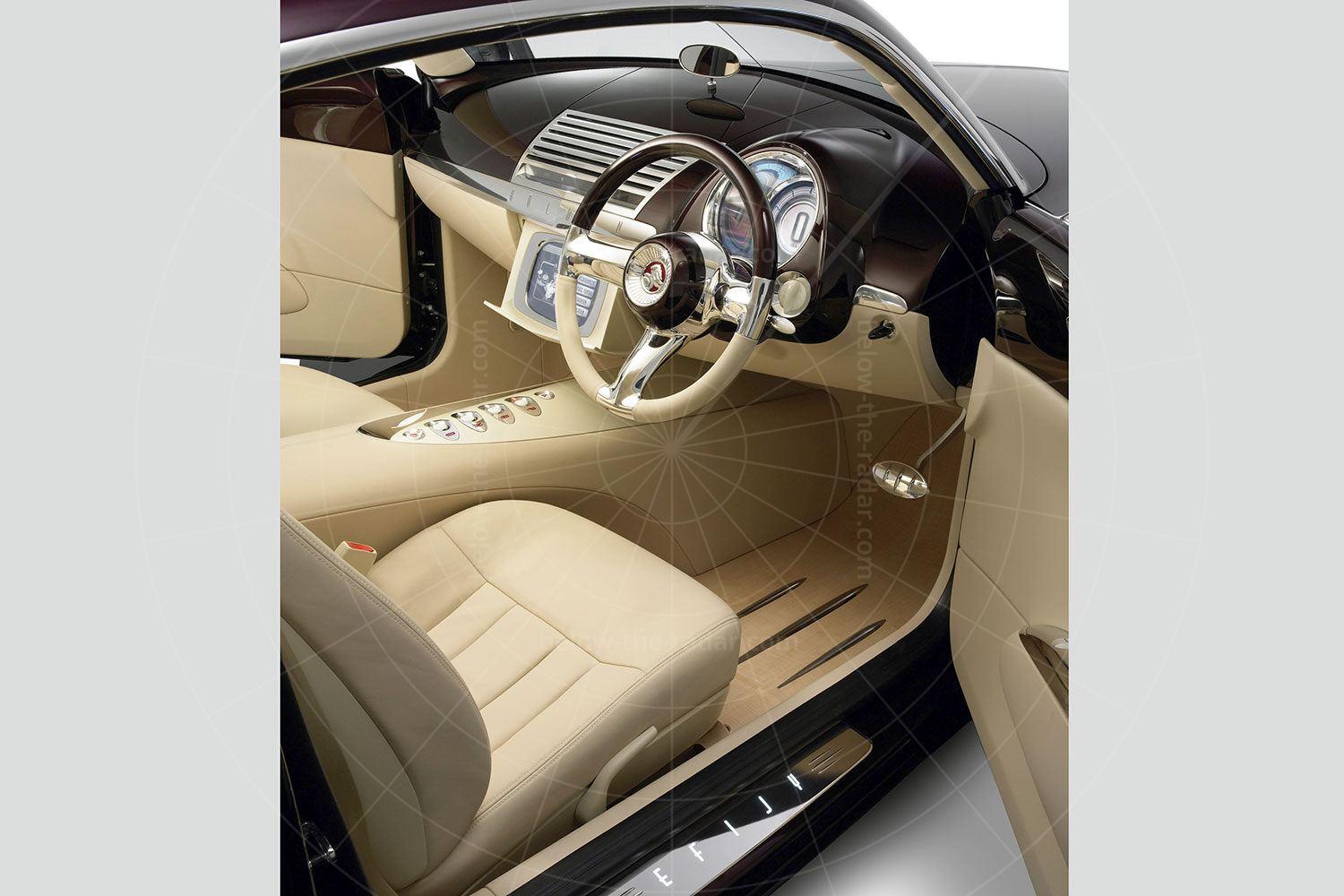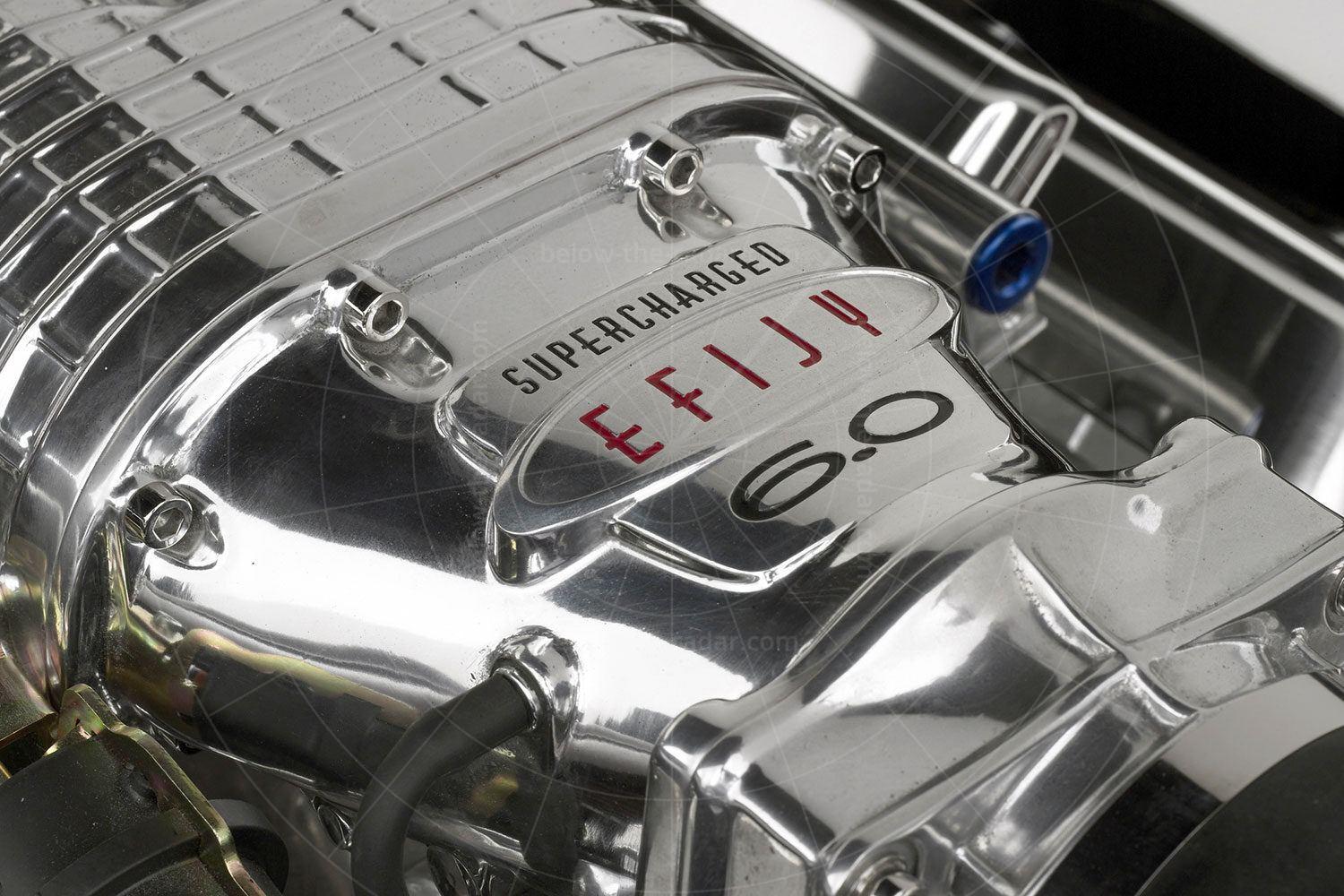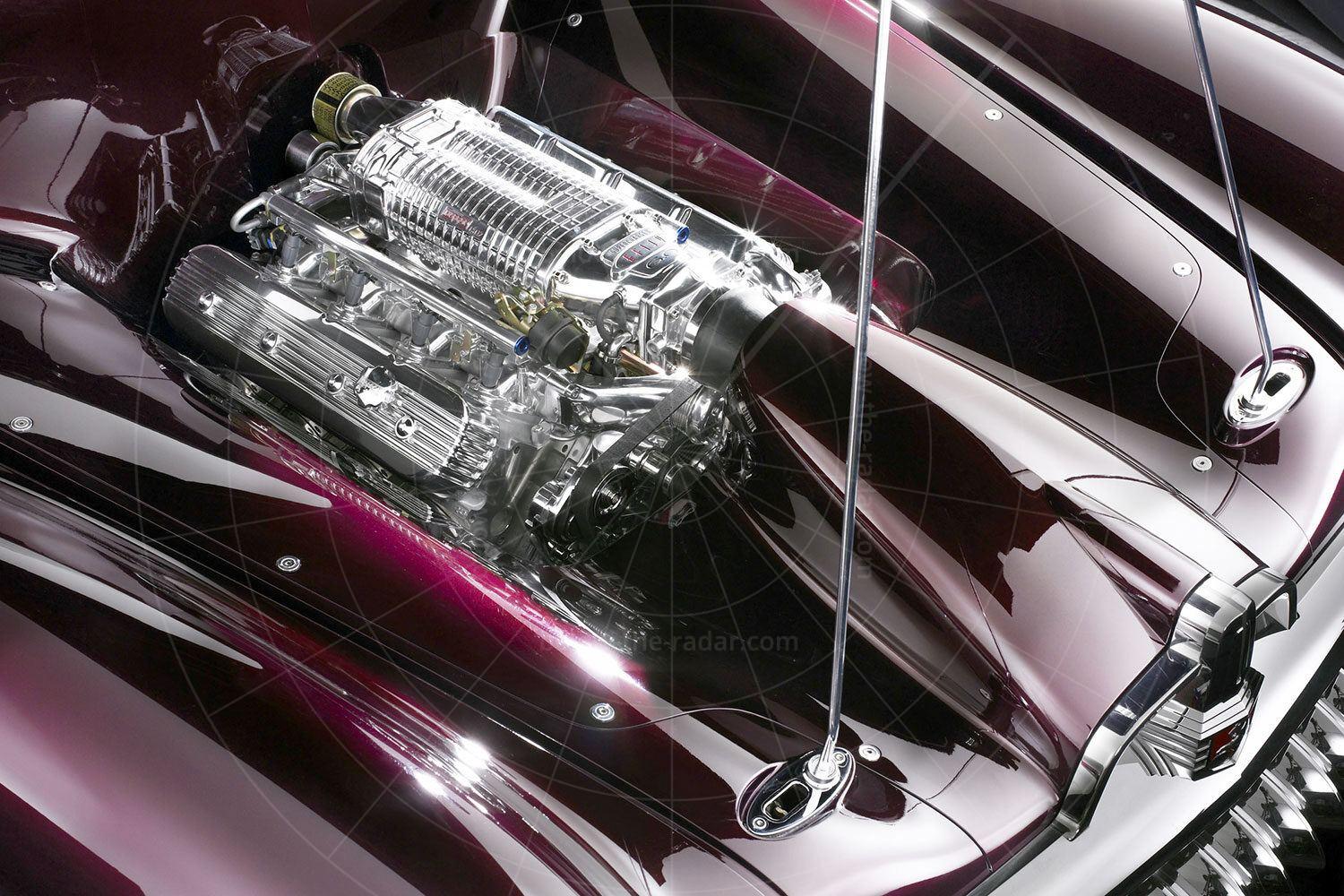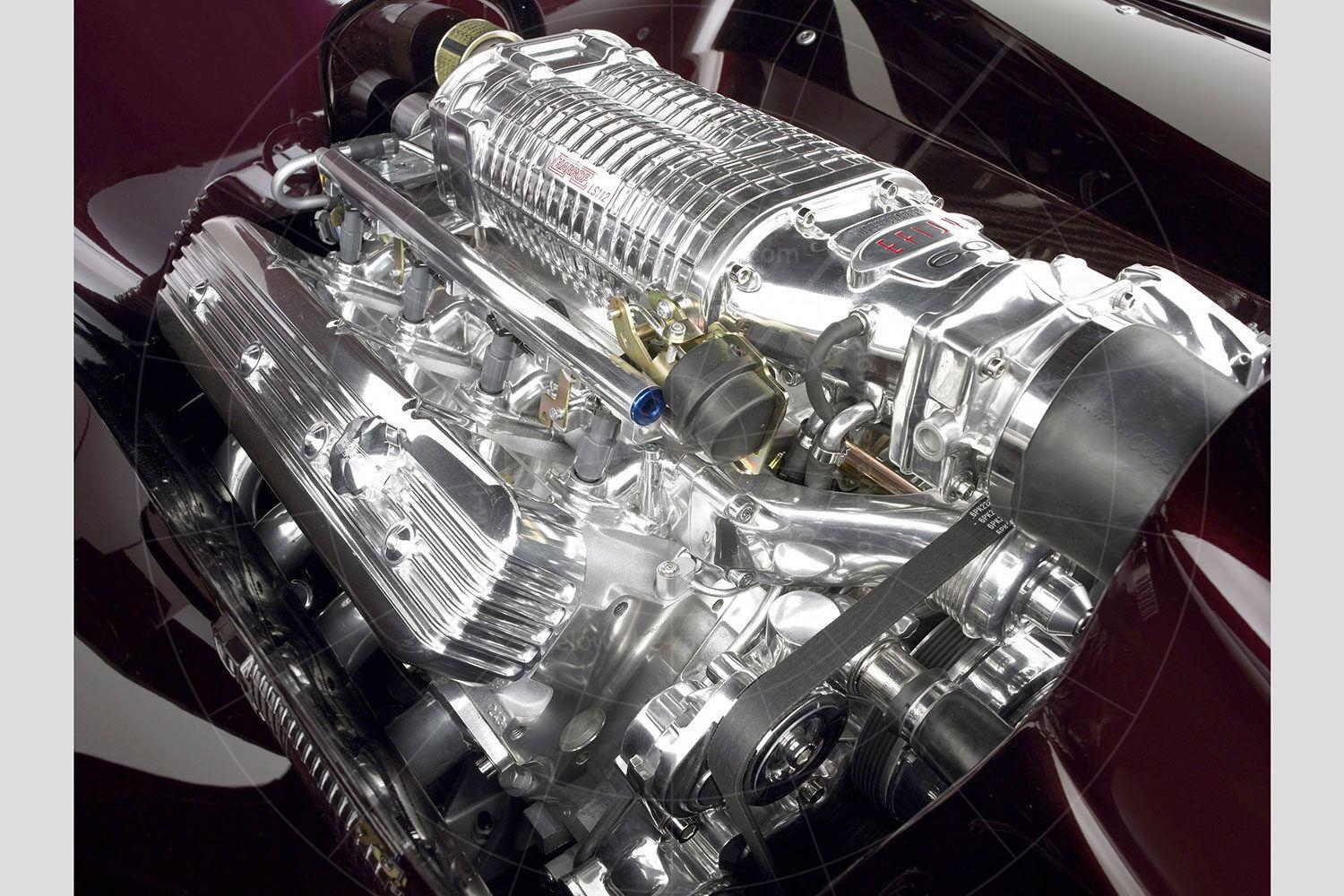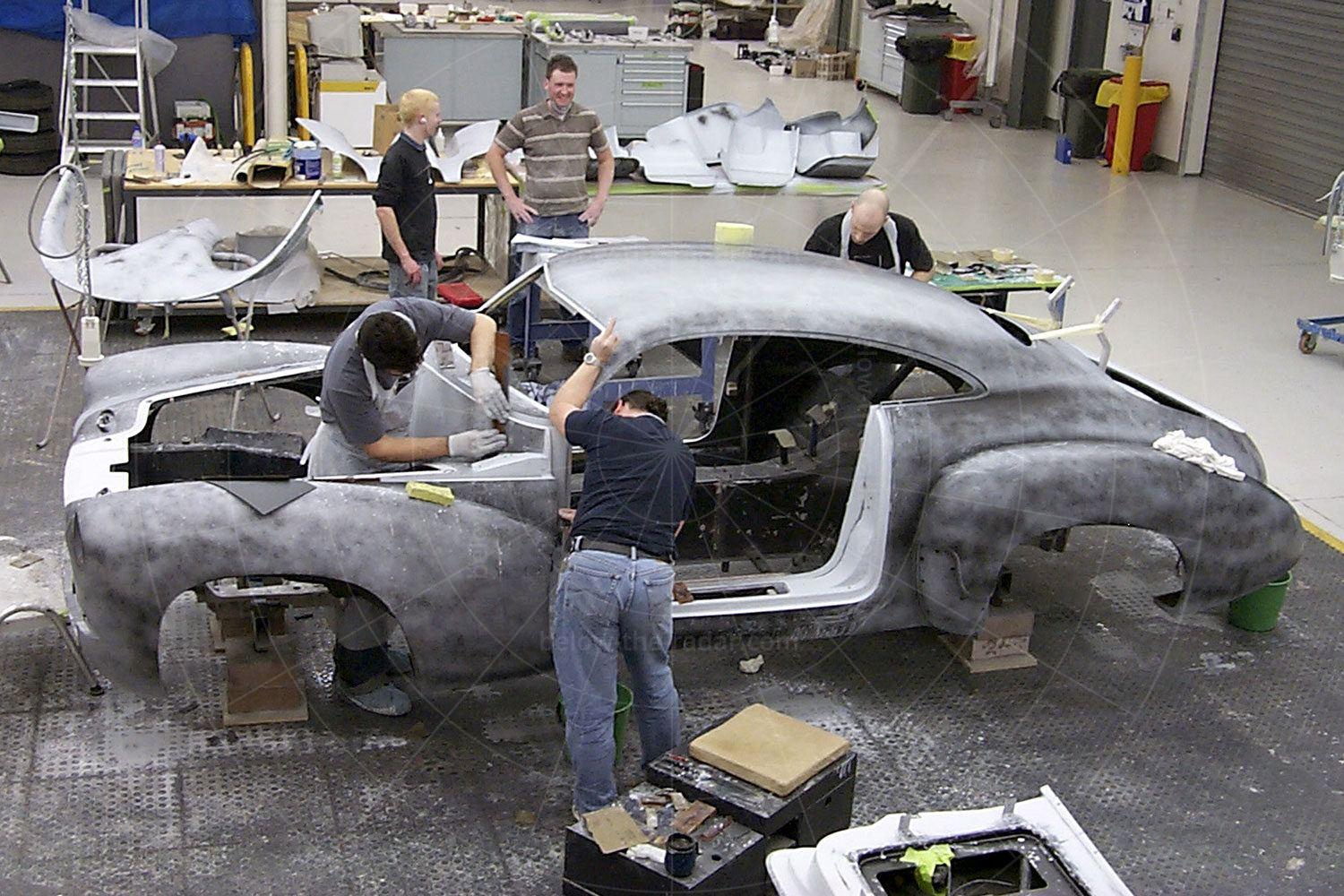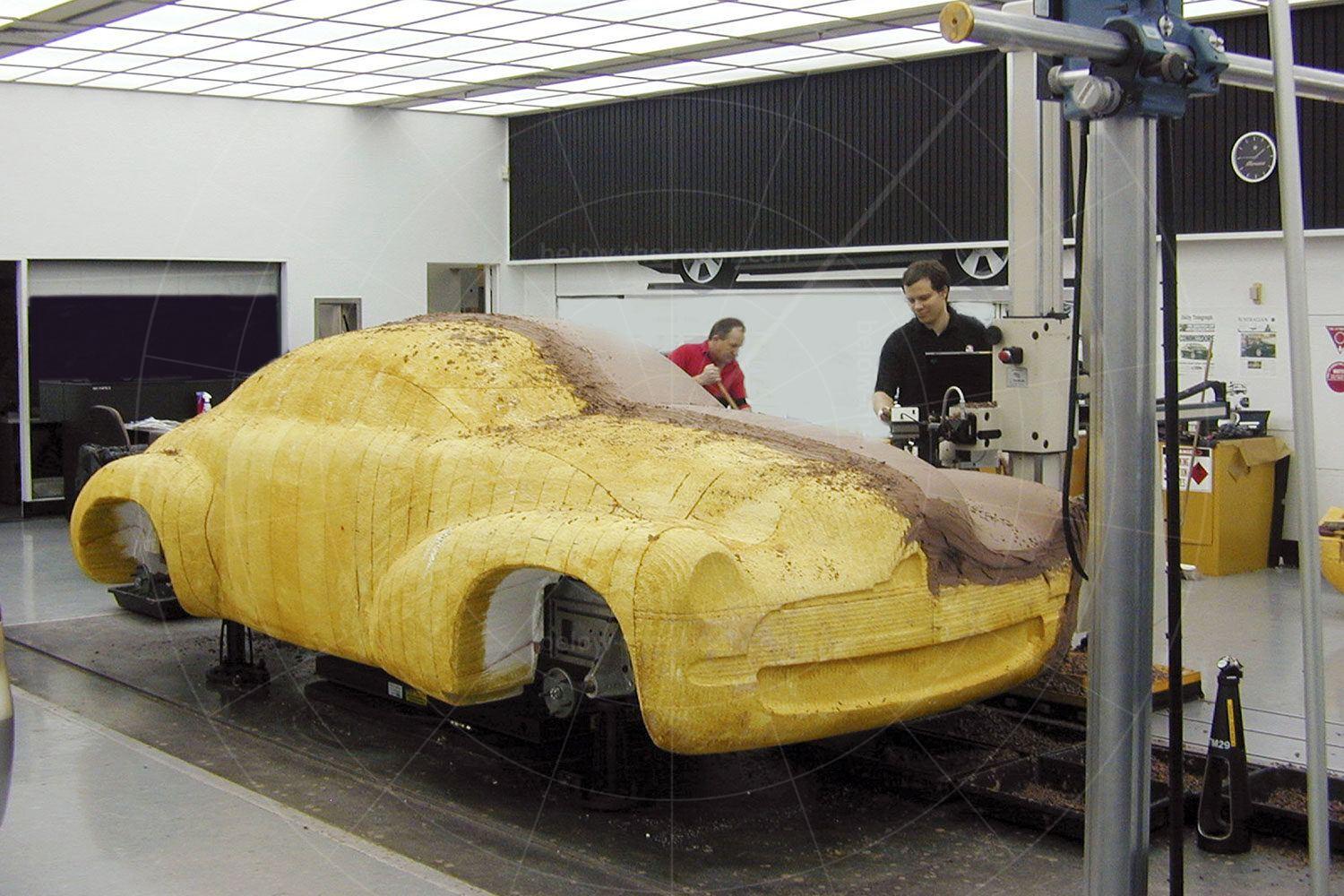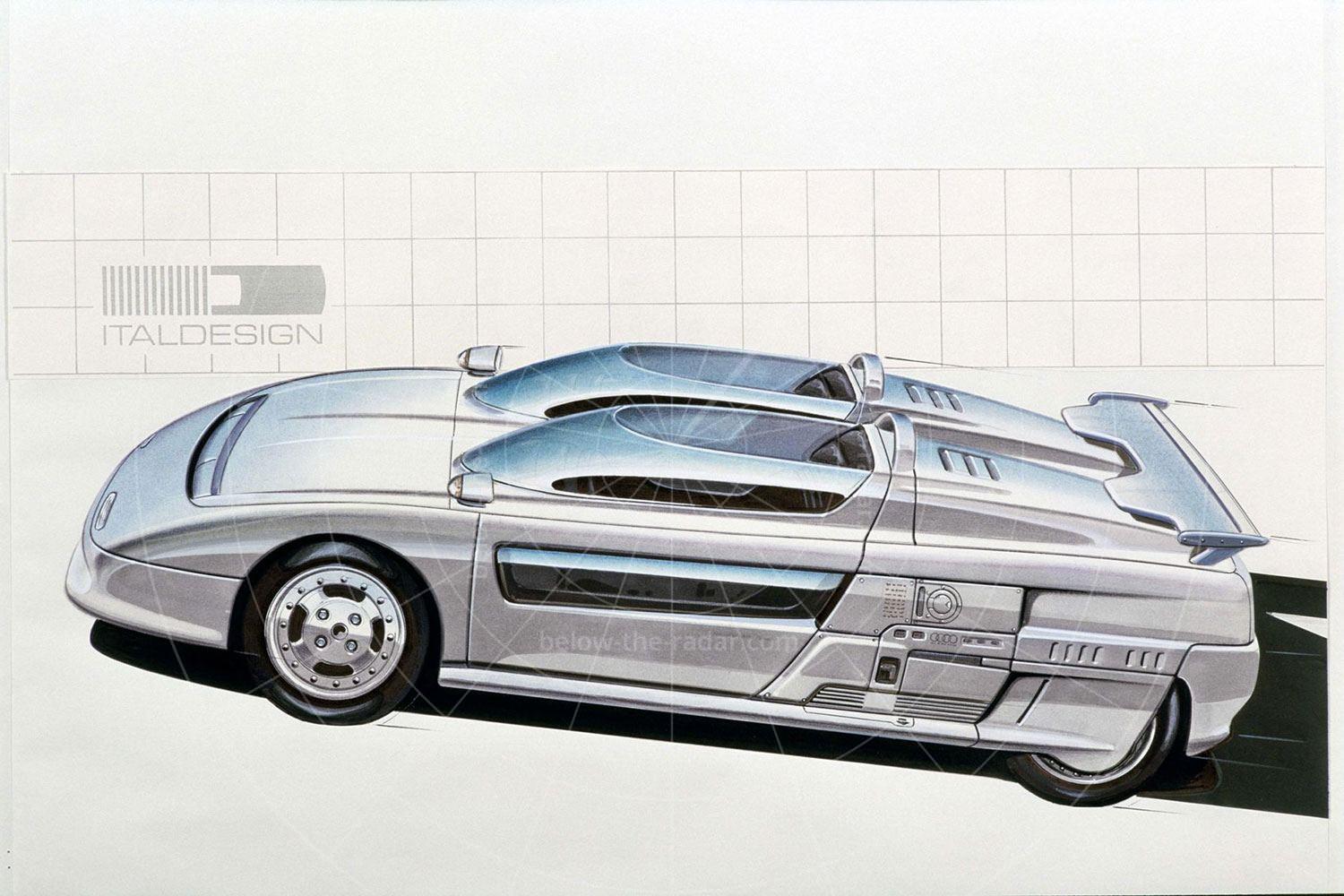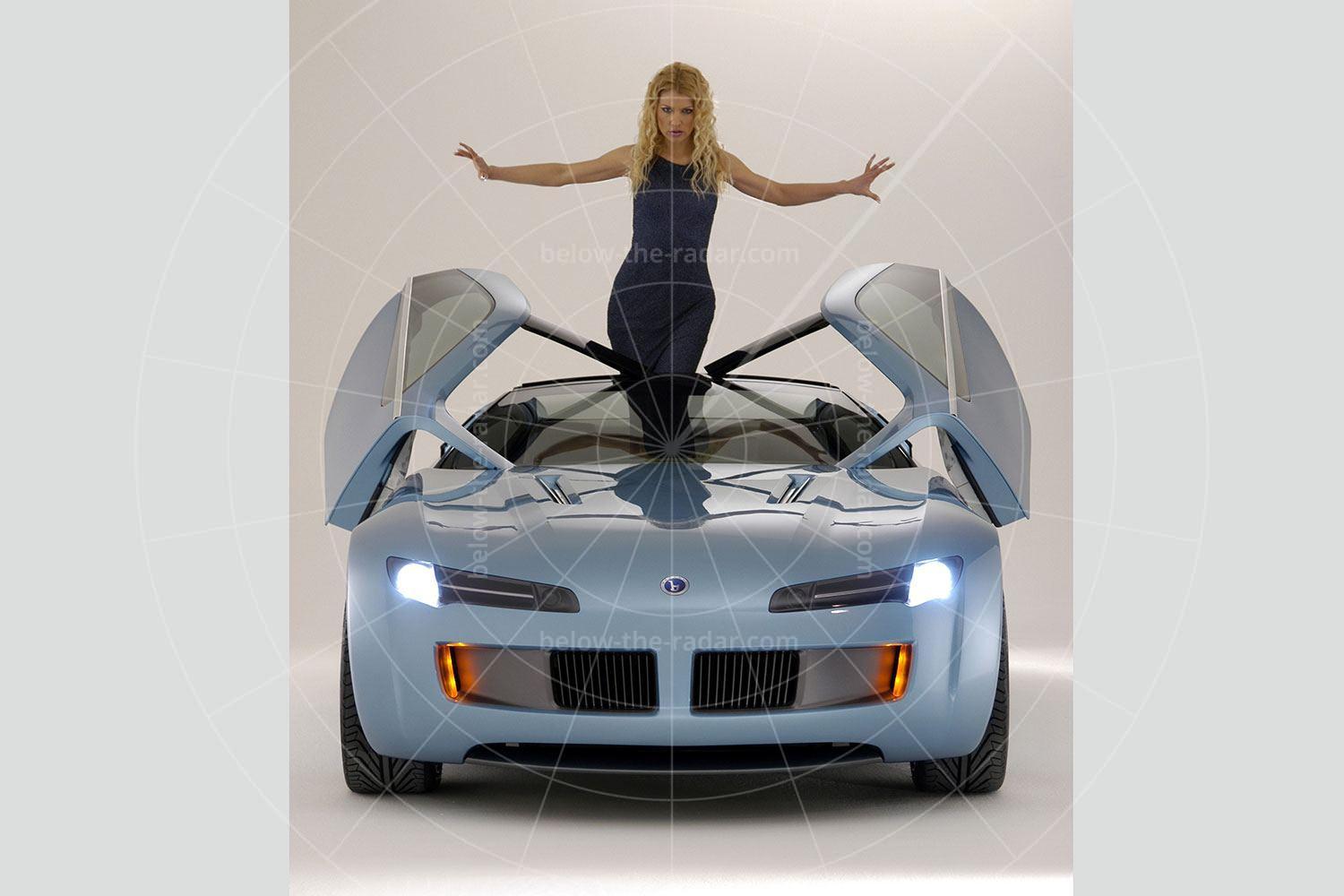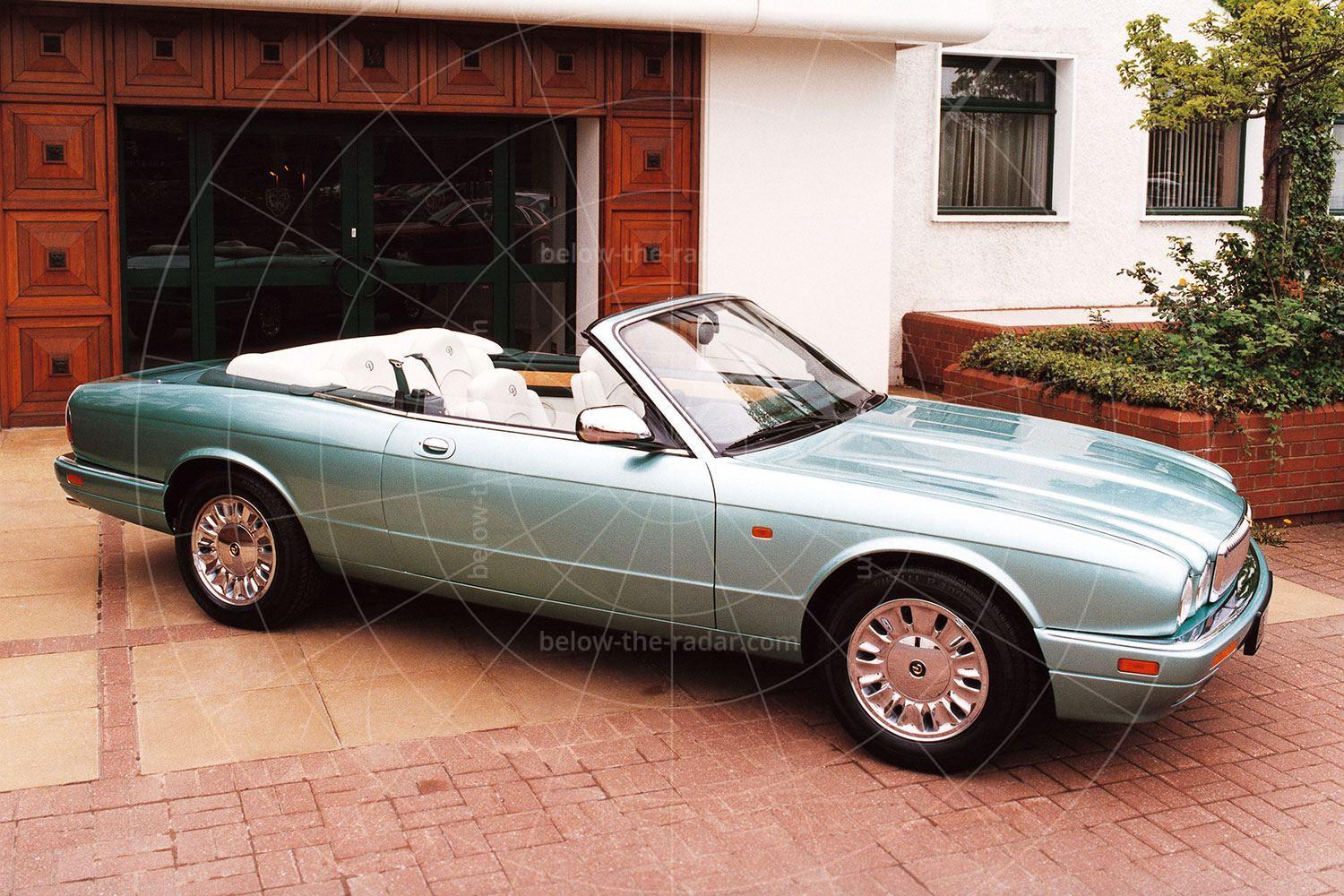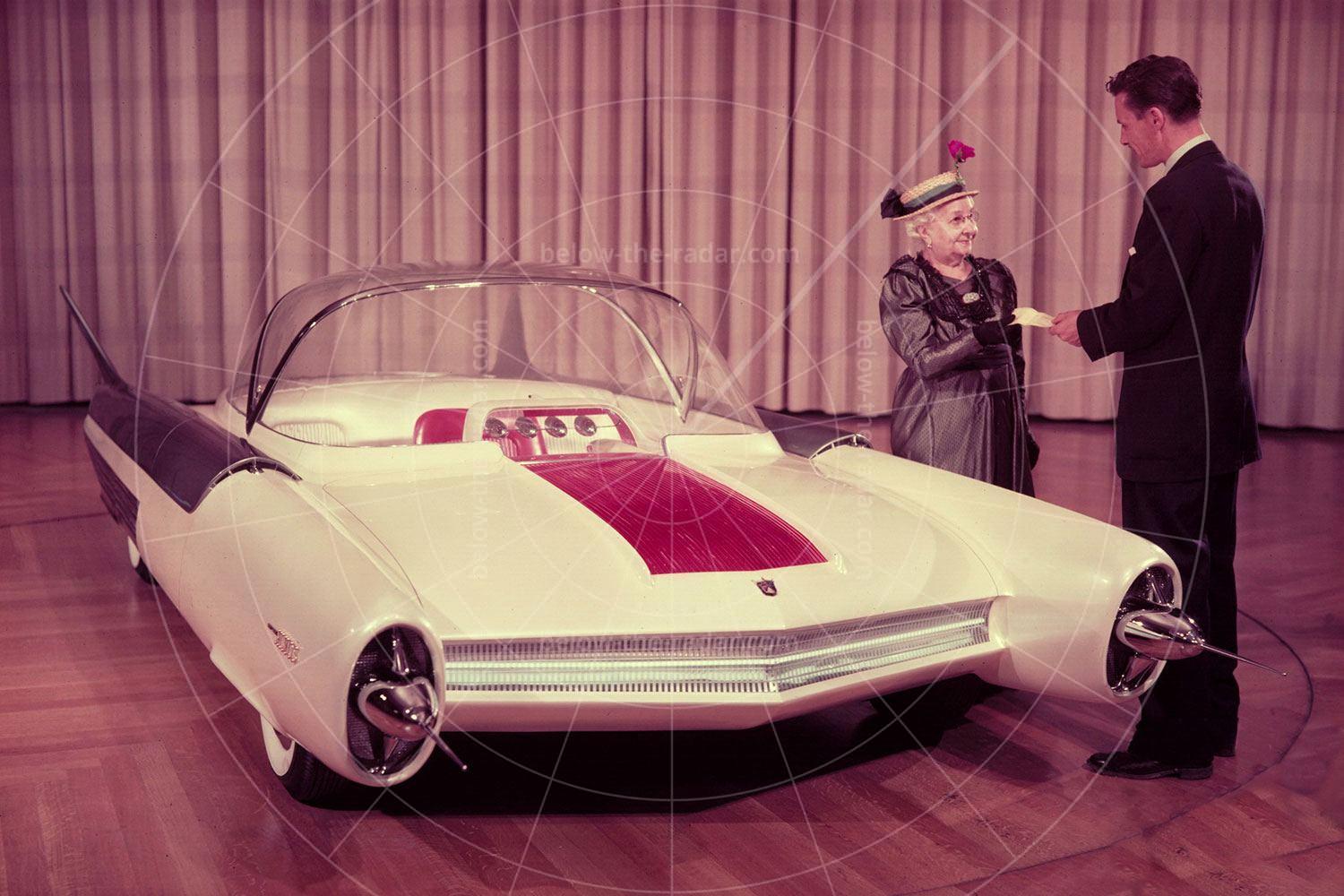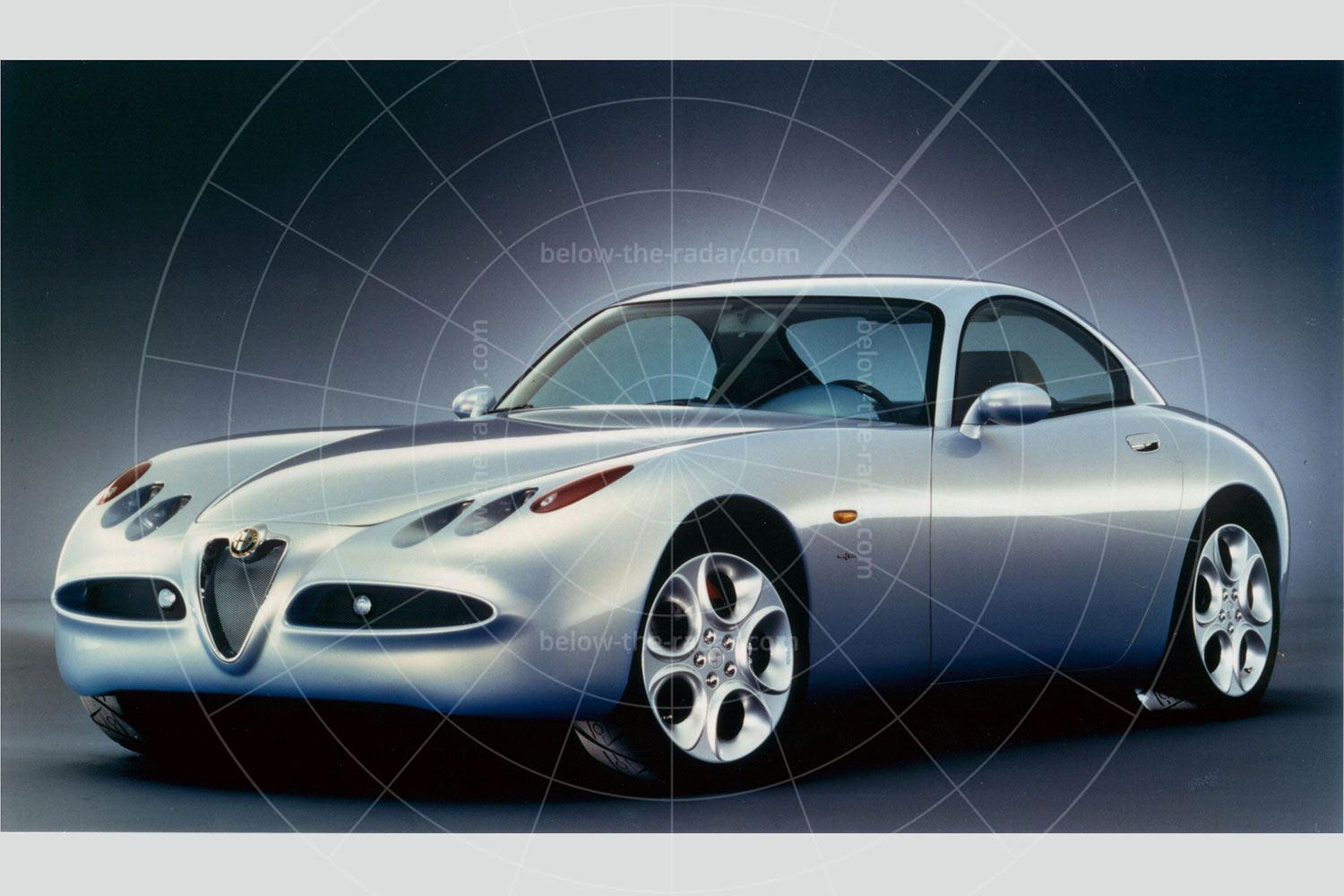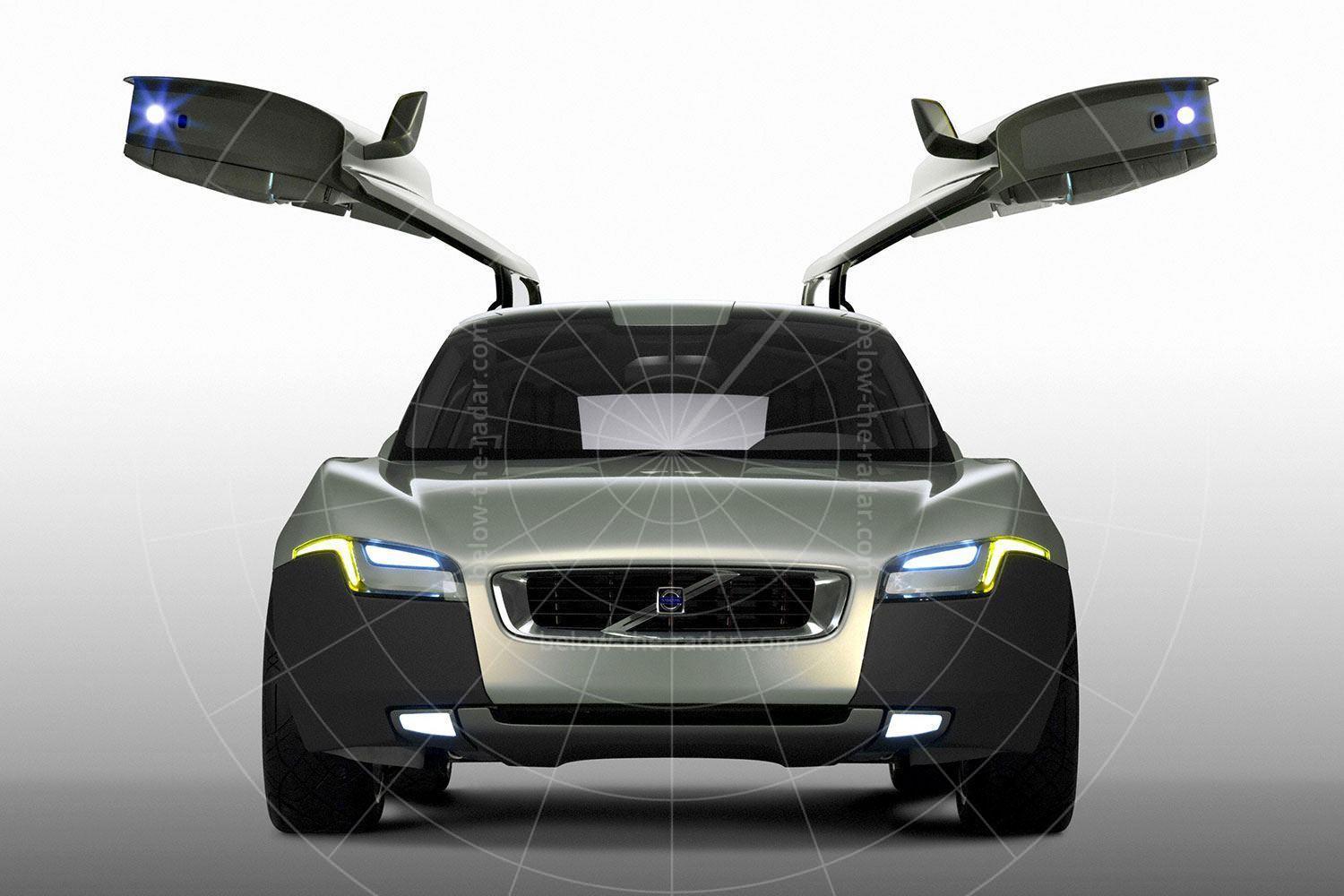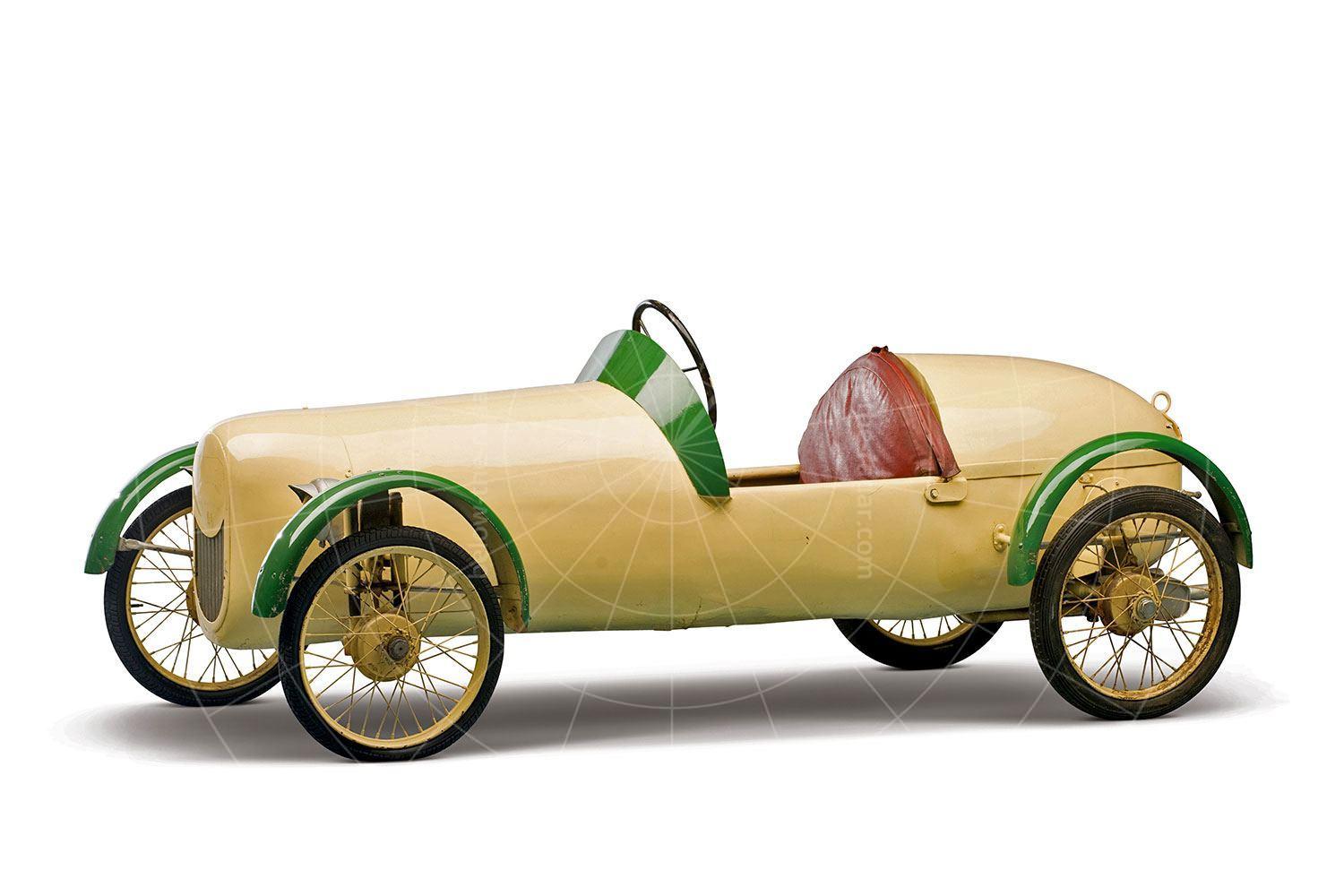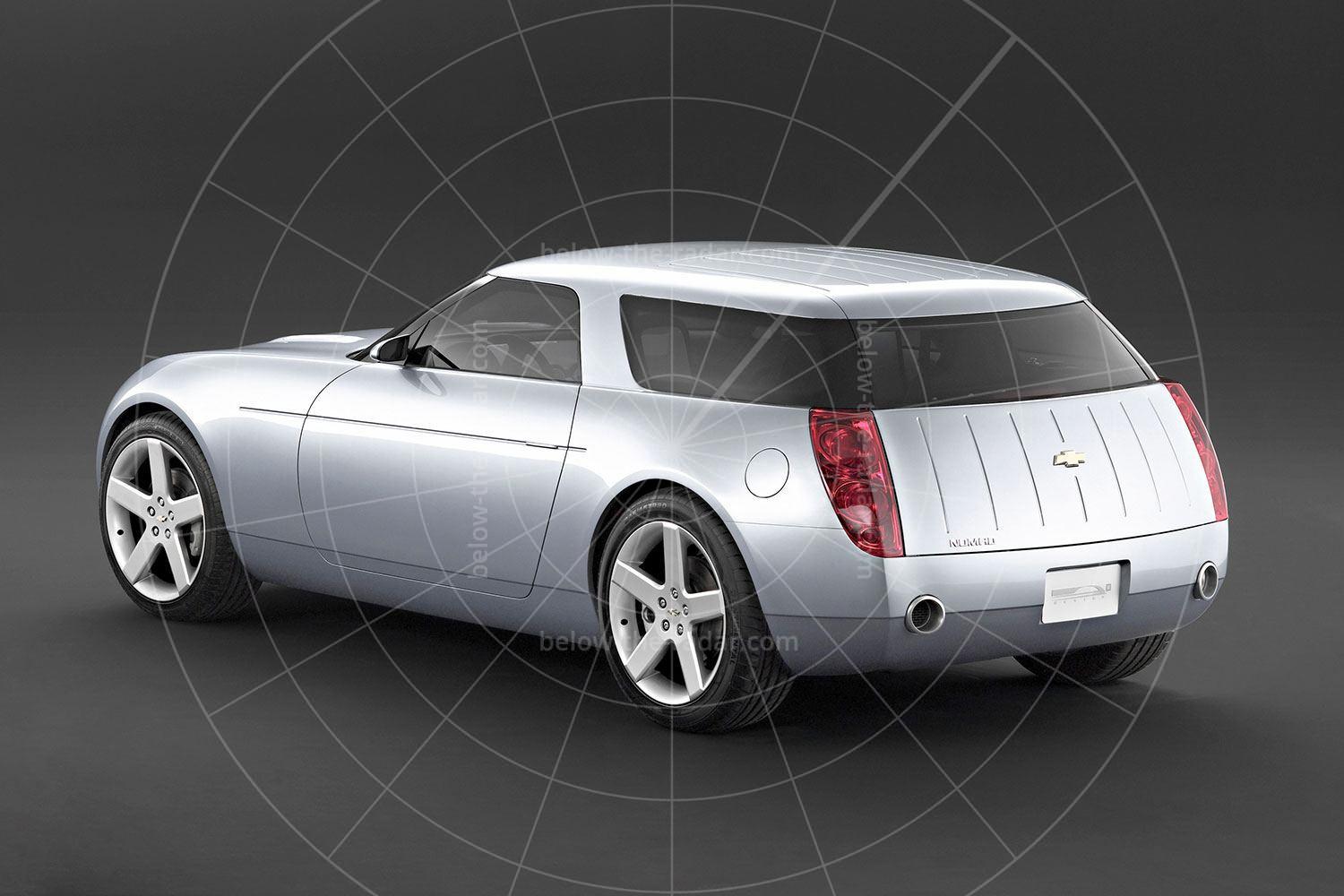In the first few years of the 21st century there was a battle between America’s Big Three (GM, Ford and Chrysler) to see who could come up with the most retro concept car. In theory this shouldn’t have worked at all as concepts are meant to look forward, not back. But if you take a motoring icon and update it to the point where it’s futuristic rather than just a rehash, you’re in the clear if you can get away with it – which is easier said than done.
Interestingly, while icons from the 1960s were frequently revived by the Big Three, Holden went back further and brought out this wild concept inspired by its FJ of the 1950s. However, while the lines were distinctly post-war, the technology under the skin was definitely rooted in the 21st century.
Based on a redundant Chevrolet Corvette C5 and with a 645bhp supercharged V8, the Efijy nearly didn’t happen; it was started in 2001 but wasn’t finished until 2005 because of cash shortages. But when it was finally unveiled at the 2005 Sydney motor show the Efijy went down a storm, even though it looked more like something you’d expect to see at a hot rod or custom car show. Unfortunately though, the point of the Efijy was to celebrate the 50th anniversary of the FJ, which first went on sale in 1953. The delay meant the target was missed by a whole two years – but that didn’t stop it from being the star of the show.
The basic exterior design may have been straight from the 1950s, but there were plenty of 21st century twists applied. The key one was the lighting, which used LED tech throughout. Brighter and more compact, this feature gave the Efijy a menacing look as well as a high-tech one.
This theme continued inside, where there were plenty of traditional materials such as wood and leather, but modern touch-screen controls as well as digital instrumentation. But despite the modern tech the interior didn’t look like a gadget-lover’s dream, as it was integrated very discreetly into what was fundamentally a 1950s design.
If the detailing looked great, the overall design – inside and out – was nothing less than jaw-dropping. The Corvette which provided a basis for the Efijy had to have its chassis lengthened to the point where the concept was a full 70cm longer than the original FJ production car. This gave the concept a much sleeker look, especially when combined with a lowered roof line.
In true hot-rod fashion the Efijy’s exterior lines were uncluttered by extraneous brightwork, although there was some trim such as the window surrounds and grille. One of the neatest touches though was the absence of any door handles; a proximity sensor could tell when the owner was approaching. This would activate a solenoid, popping open the door – which once again, was the kind of technology that would have seemed from another galaxy in 1953.
The mechanical configuration was centred on a supercharged 6.0-litre Corvette LS6 engine. Fuel injected and driven by ECUs – technologies that were still far in the future when the original FJ Holden was being built – the powerplant was both efficient and extremely powerful. Indeed, with 645bhp and 560lb ft of torque, it was nearly 11 times more powerful than the original 1953 FJ.
The V8’s power was transmitted to the rear wheels via a four-speed automatic gearbox and a limited-slip differential. What was more impressive though was the electronically controlled air suspension, which could drop the car to just 27mm off the ground, or raise it to 139mm, all at the push of a button.
The one-off exhaust was a stainless steel 2.5-inch dual system with billet aluminium exhaust tips while the rear wheels were massive 10x22-inch billet aluminium items with fluting intended to echo the FJ’s more modest original 4x15-inch rims. Reflecting its street sled heritage, the front wheels were 9x20-inch items. The brakes meanwhile were 381mm (15-inch) grooved and ventilated discs front and rear, combined with six-piston aluminium callipers at the front and four-piston aluminium callipers at the rear.
The Efijy featured plenty more electronics too, most notably a major sound system that packed no less than 3000 watts, including a one-kilowatt amplifier for the subwoofers. With hard-drive audio and a video playback feature, the Efijy’s entertainment system was definitely something that would have seemed like science fiction to the designers of the original FJ.
Of course there was never any intention of putting the Efijy – or anything like it – into production, but it showcased the talents of an often-forgotten GM outpost. And if you’re wondering about the name, it was a play on words. With an efigy defined as a ‘stylistic representation of someone or something famous’ and the FJ being ‘an iconic Australian motor vehicle’, Holden simply combined the two to come up with the Efijy. Neat.
| Vital statistics | |
|---|---|
| Debut | Sydney 2005 |
| Design director | Richard Ferlazzo |
| Engine | Front-mounted, supercharged 6.0-litre V8 |
| Transmission | 4-speed auto, rear-wheel drive |
| Power | 645bhp |

